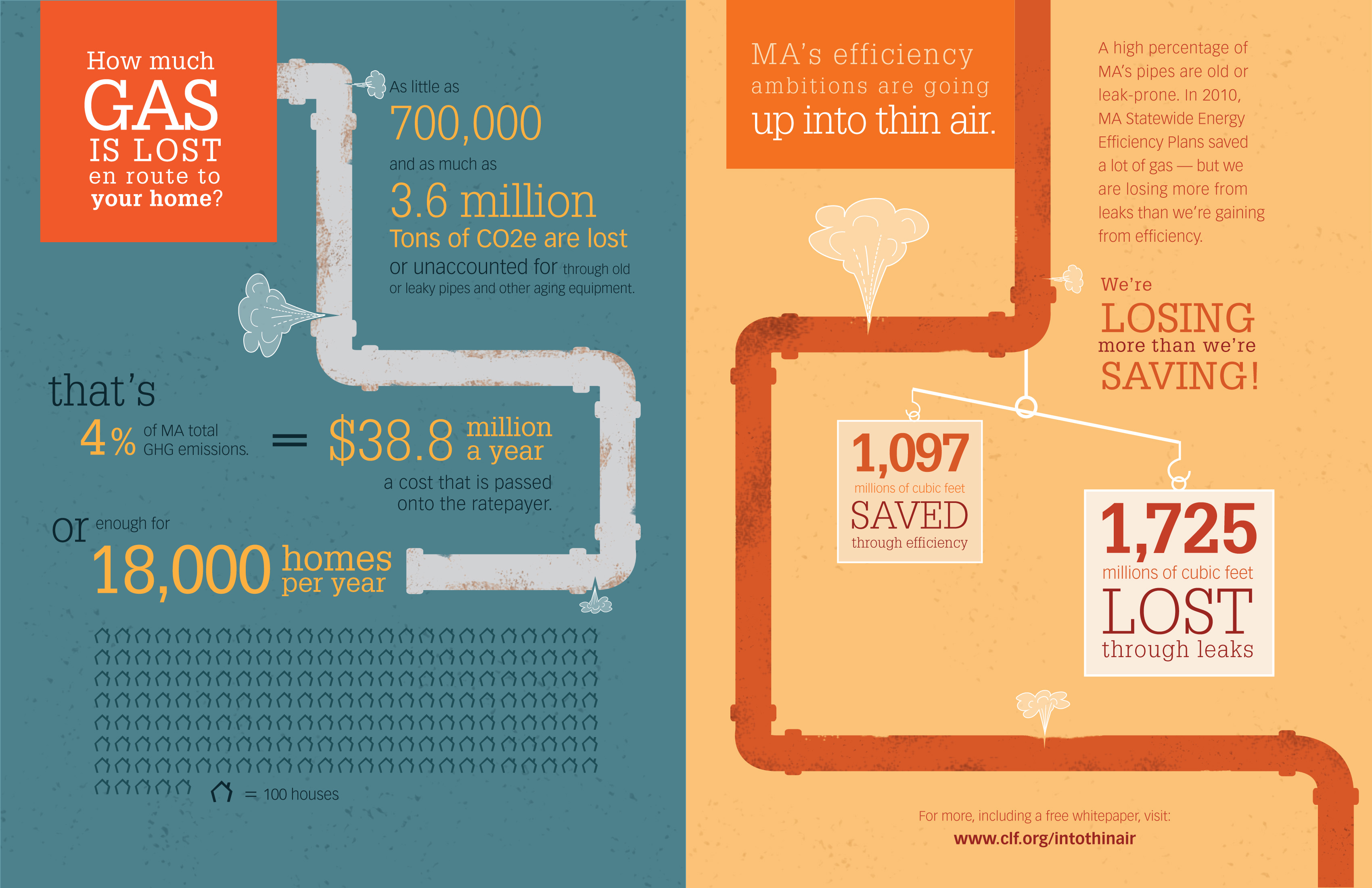The Role Of Roofing Ventilation In A Successful Installation
The Role Of Roofing Ventilation In A Successful Installation
Blog Article
Material By-Caldwell Ploug
When you're taking on a roofing project, you might not assume much regarding roof air flow, however it's even more important than you realize. Efficient ventilation aids manage temperature and moisture in your attic, protecting against troubles like mold and mildew and structural damage. By understanding just how to develop and set up a well balanced ventilation system, you can improve energy performance and extend the lifespan of your roof covering materials. So, what are the vital elements to take into consideration during setup that can make all the difference?
Importance of Roof Covering Air Flow
Roofing system ventilation plays an important duty in maintaining the overall health of your home. By enabling fresh air to flow via your attic room, it helps manage temperature and dampness levels. This equilibrium is important to prevent warmth buildup throughout warm months, which can bring about enhanced energy expenses as your cooling burns the midnight oil.
Additionally, correct ventilation significantly minimizes the danger of moisture-related issues like mold and mildew. If humidity levels rise, your home's structural honesty can be endangered, causing expensive repair work. You would not want to take care of deteriorating wood or deformed roofing products, right?
In addition, appropriate air flow expands the lifespan of your roof. When heat and wetness are kept in check, your roof covering can perform optimally, avoiding early damage. This means less frustrations and expenditures down the line.
Just How Roofing System Air Flow Works
Effective roof covering air flow counts on the all-natural motion of air to develop a balance in between intake and exhaust. When you set up vents, you're essentially allowing fresh air to enter your attic room while making it possible for hot, stagnant air to get away. This procedure aids manage temperature level and wetness degrees, preventing problems like mold and mildew development and roof damages.
Consumption vents, normally found at the eaves, draw in cool air from outside. On the other hand, exhaust vents, located near the ridge of the roof, allow hot air rise and leave. The distinction in temperature creates an all-natural airflow, known as the stack result. As warm air increases, it produces a vacuum cleaner that pulls in cooler air from the reduced vents.
To maximize this system, you require to make certain that the consumption and exhaust vents are properly sized and positioned. If the intake is restricted, you will not attain the preferred ventilation.
Also, not enough exhaust can catch heat and dampness, leading to potential damages.
Trick Setup Factors To Consider
When setting up roof covering ventilation, a number of crucial considerations can make or damage your system's performance. First, you need to analyze your roof's layout. The pitch, shape, and materials all influence air movement and ventilation choice. Make certain to select vents that suit your roofing kind and local environment conditions.
Next off, consider the positioning of your vents. Ideally, you'll desire a balanced system with intake and exhaust vents placed for optimum air movement. Location intake vents low on the roofing and exhaust vents near the height to motivate an all-natural circulation of air. This configuration helps protect against dampness build-up and advertises energy performance.
Do not forget about insulation. https://keeganlhbvp.ambien-blog.com/40414883/prevent-the-concern-of-costly-repairs-through-regular-roof-upkeep-reveal-crucial-methods-that-can-boost-the-protection-of-your-home-past-your-expectations in your attic room prevents heat from getting away and keeps your home comfortable. Ensure that insulation does not obstruct your vents, as this can hinder air movement.
Finally, consider upkeep. Pick ventilation systems that are easy to gain access to for cleaning and inspection. Normal upkeep guarantees your system remains to operate effectively in time.
Final thought
In conclusion, roofing system ventilation is essential for a successful setup. By ensuring correct air flow, you can stop warm accumulation and moisture issues that bring about pricey damage. When you strategically placement intake and exhaust vents, you enhance energy effectiveness and prolong the life expectancy of your roofing. Bear in mind, a well-ventilated roofing not just protects your investment but additionally improves your indoor air quality. So, https://azbigmedia.com/lifestyle/home-and-design/how-to-choose-the-best-color-for-your-metal-roof-8-helpful-tips/ to ensure a resilient and cost-effective roofing system for your home.
